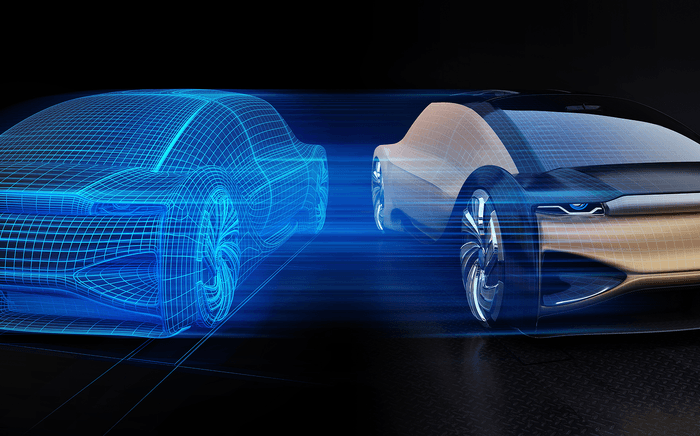Case Study - Reducing Emissions

Reducing Emissions with a Real-time Engine Model
Realis Simulation’s WAVE-RT Solution Successfully Decreased Vehicle Smoke Emissions by 5.5%
Diesel engines have long had a reputation of being “dirty.” On and off -road vehicle and engine manufacturers face the challenge of stringent fuel economy and emission standards while delivering on performance targets.Reducing Emissions with a Real-time Engine Model Realis Simulation formerly Ricardo Software’s WAVE-RT Solution Successfully Decreased Vehicle Smoke Emissions by 5.5%
Diesel engines have long had a reputation of being “dirty.” On and off -road vehicle and engine manufacturers face the challenge of stringent fuel economy and emission standards while delivering on performance targets.
The proposed solution is to implement a very accurate real-time engine model, running on the engine controller to better manage fuelling parameters during transient events. In this study, engineers applied Realis Simulation’s A significant opportunity exists to reduce emissions during transient engine operation (real-world driving), however this requires more advanced control strategies for fuelling as fuel delivery plays a major role in diesel engine emissions. The proposed solution is to implement a very accurate real-time engine model, running on the engine controller to better manage fuelling parameters during transient events. In this study, engineers applied Realis Simulation’s WAVE-RT technology on a running engine. WAVE-RT is unique in the industry as it is capable of accurately predicting engine behaviour in real-time (crank-angle resolved) and space (air paths and individual cylinders) - a significant advancement over traditional approaches.
Using a high fidelity WAVE-RT model running onboard the engine, engineers designed advanced fuelling strategies. The specific approach was to poll the WAVE-RT model for trapped air mass in each cylinder (a quantity that can’t be measured on running engines, nor accurately predicted by traditional onboard engine models), then calculate a precise fuelling requirement to achieve a target air/fuel ratio. The approach was applied on an IVECO 5.9L turbocharged diesel engine running on a transient dyno, with an ECU running the WAVE-RT model and updated fuelling control. As shown below, when tested over the World Harmonized Test Cycle, torque was maintained while achieving a 5.5% reduction in smoke.